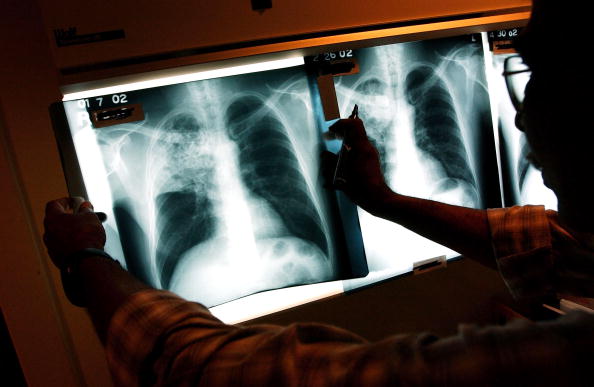
A woman from India arrived at O'Hare Airport Chicago in early April. She visited relatives by car in three states before seeking medical care in Illinois in mid-May. At that point, it was learned that she had what is called extensively drug-resistant tuberculosis or XDR-TB.
Tuberculosis is an infectious bacterial disease, but it is not as contagious as influenza or the common cold. It is unlikely that she passed on the infection to anyone except the relatives with whom she spent a lot of time. Twelve people that she had close contact with have been identified. They will be tested for tuberculosis and then retested in 8 to 10 weeks if they test negative now.
However, it is possible that people who were on the flight from India to Chicago could have been exposed to her strain of tuberculosis long enough to catch it. The U.S. Centers for Disease Control and Prevention is notifying other passengers on the flight who may have been exposed.
The woman, who has not been named, has been transferred from Illinois to the National Institutes of Health (NIH) in Maryland, which has experience in treating resistant strains of tuberculosis. Most sources say the success rate for treating drug-resistant tuberculosis is between 30% and 50%, but the NIH says that its track record is better than that because of its access to drugs and resources.
XDR-TB can be treated, but it takes much more potent drugs that the usual strains of the disease. The woman may be hospitalized in isolation for several months because tuberculosis takes a long time to treat successfully.
India is home to about one in every four cases of tuberculosis in the world. There are about 9 million people with tuberculosis worldwide and about 5% are carrying a drug-resistant strain. XDR-TB is a small portion of drug-resistant tuberculosis.
Drug-resistant tuberculosis arises when people stop taking their medications before their infection is completely cured. Often people stop taking the drugs because the side effects-nausea and weakness-are unpleasant.
